Over the past years, a variety of different soil amendments, biochar & stone mixtures have been tested for planting urban and suburban trees, bushes, perennials and grasses in Stockholm. The Biochar Journal discussed the various experiences and recommendations with Bjorn Embrén who heads up the City of Stockholm’s Landscaping Department.
Urban trees
Pavements add significant constraints to a tree’s ability to thrive as they severely limit the availability of water and oxygen to tree roots. Suffocation and dying trees are a common result of these constraints. Bjorn Embrén and his team have developed a combination of strategies, including the use of structured soils, to effectively re-create a more natural environment for urban trees. The goal has been to recreate, as closely as possible, nature’s hydrological pathways and filtration mechanisms.
The first step was to replace the heavily compacted soils underneath the pavement with a thick layer of stones as stones are impervious to compaction which enabled the exchange of gases and penetration of water. Initially two separate layers of different sized rocks were used, but experience has shown that using a deep layer of stones that range in size from 32 – 63mm works equally well if not better.
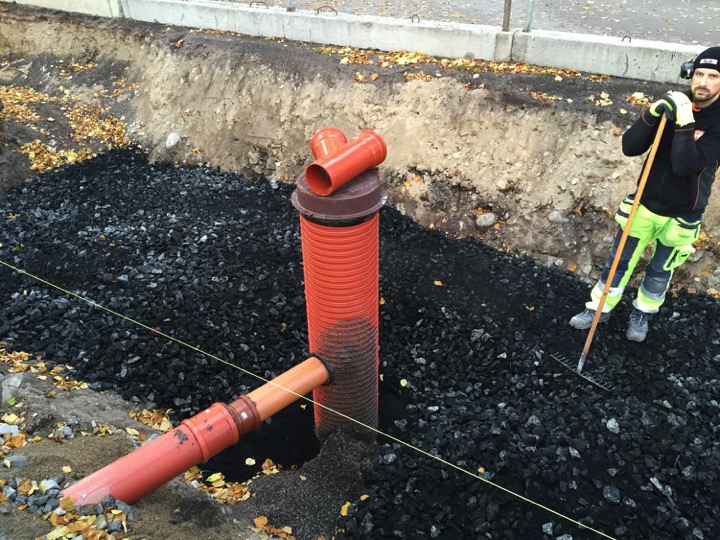
Fig. 1: Preparing the biochar bed for urban tree allee plantation in Stockholm.
In the early years of using structured soils, the team flushed soil down between the stones to provide sufficient growing media for the trees. Based on their earlier successes with suburban tree experiments, the Stockholm team switched, since 2009, to using biochar in lieu of soil for all of their urban tree planting projects. They have found that the main advantage of biochar for urban tree projects over other soil amendments is that it resists compression and compaction, which is seen as one of the biggest threats for trees and other perennials in urban parks and streets. The crushed stones and biochar mix results in an improved void ratio, also known as porosity, in the soil (roughly 40%). Increased porosity facilitates better gas exchange, permeability leading to improved root penetration.
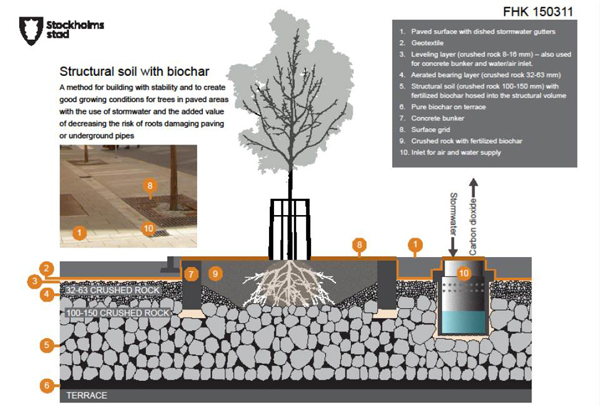
Fig. 2: Stockholm scheme of urban tree planting.
A further improvement on their methods has been to have the biochar and stones delivered pre-mixed, looking a lot like coal. They have found that this saves up to 25% in time and labour costs. The preferred biochar particle size of the biochar is between 1 – 10 mm and currently they recommend approximately 2.25 cubic meters of biochar (2,250 litres or 594 gallons) for each urban tree. Embrén and his team have been experimenting with different amounts of biochar and have tested a range of 10% - 25% by volume to understand the best balance between water holding capacity (WHC) and infiltration flow rates. They have also been experimenting with different types of fertilizers to embed in the char to promote long term health in urban trees. Having biochar pre-fertilized for optimal urban tree growth would provide significant advantages to urban landscaping teams.
A concrete bunker or planting box is placed atop the large stones to house and protect the tree roots. This has the added benefit of preventing tree roots from penetrating or clogging underground pipes as well as damaging the pavement surrounding the tree. Smaller sized crushed rock is added after the tree is planted. Critical to preventing this carefully designed aerated environment from getting clogged is the addition of geotextile fabric just beneath the pavement.
Suburban trees
While suburban trees don’t have to deal with pavement stress, they still suffer from compaction and other issues. Based on his decades of experience growing orchids using biochar (charcoal), Embrén decided to experiment with the use of biochar to try to improve tree survival. Biochar is much more porous than sand or clay which helps to improve water holding capacity but it also doesn’t biodegrade or compact like some of the other amendments they had been using such as peat. Scouting about for a source of biochar, he eventually found charcoal which was considered by the manufacturer to be ‘bad’ but only because the moisture content was high. (This would in fact, be a positive benefit for Embrén’s intended use!)
Understanding that trees cannot grow on stones alone, a thin layer of soil mixed with biochar was added atop a layer of stones. Traditionally a soil layer of 30 cm is used, but for their early trials they used a mere 10 cm of the 50/50 (by volume) soil/biochar mix. After these initial trials they have used less biochar and have achieved similar highly satisfactory results. They have also switched to using smaller stones which can more easily be turned with a spade.
Another highly successful technique which has been used to plant 20,000 cherry trees is depicted in Figure 3. This 70 cm deep and 15 cm wide trench or French drain can be quickly dug with the right equipment allowing for quick yet effective planting. Pre-mixed char and gravel can then be backfilled and saplings planted. It is likely that the amount of biochar used for these types of plantings will increase, but that may partially depend on the availability and price of biochar.
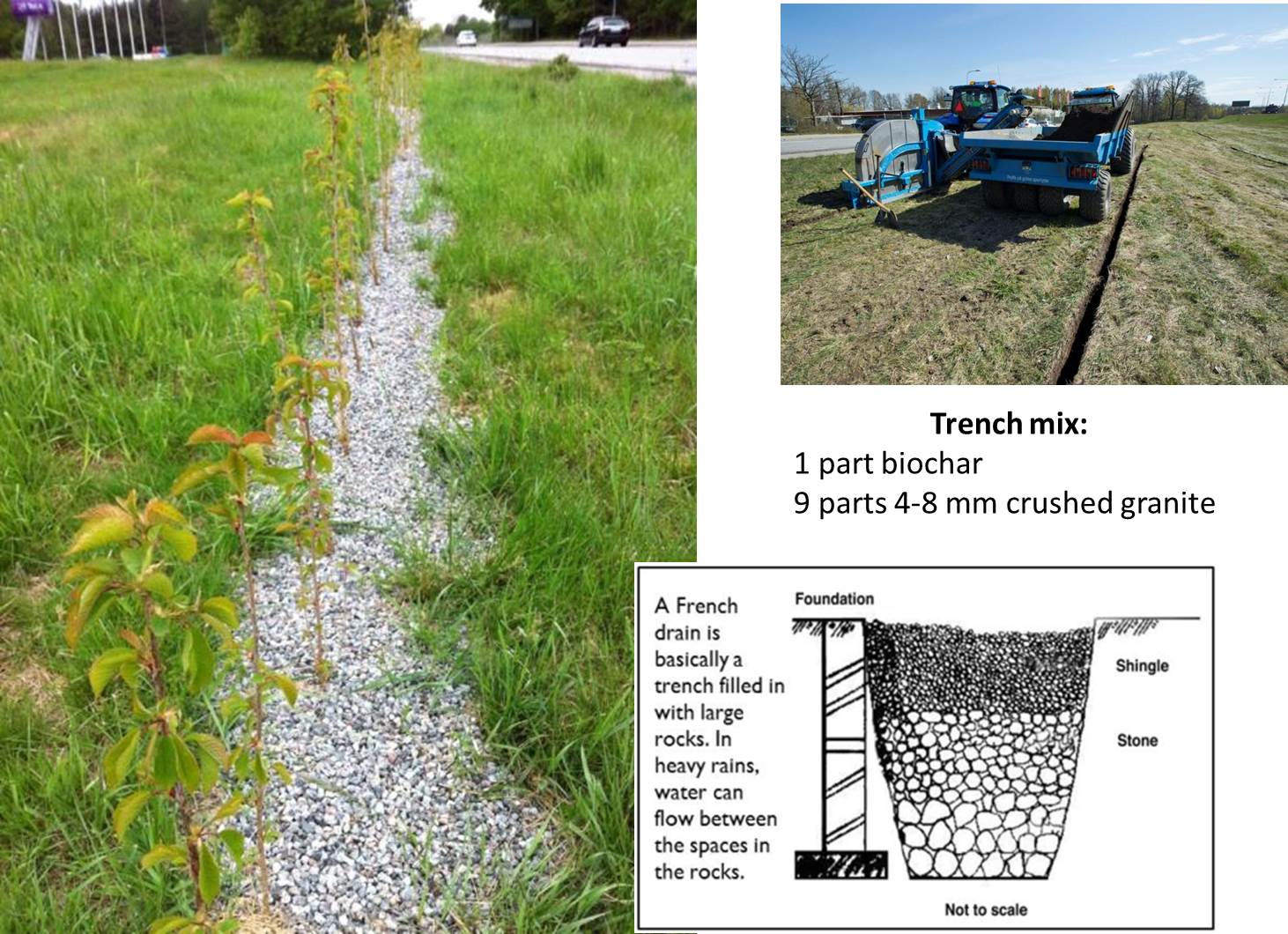
Fig. 3: 20 000 cherry trees planted in biochar and chrushed stone. Scheme of a French drain to plant suburban allees.
On average trees planted in structured soils with biochar have grown approximately 1 meter every year – something which was unheard of in Stockholm. The grass which grows around these trees is thick and lush. Embrén has also surprised to see mycorrhiza developing in the biochar enriched substrates, something which he hadn’t previously seen anywhere else in Stockholm.
Parks, perennials and planting beds
While urban and suburban trees have gotten much of the attention, trials in parks, planting beds and round-abouts have also been happening. Recipes vary depending on the situation but a common and successful mix for perennials and bushes is a blend of 3 parts gravel (2 – 6 mm in size) to 1 part biochar. Trees seem to require less biochar so a blend of 85% gravel (32 – 63 mm in size) to 15% biochar is used.
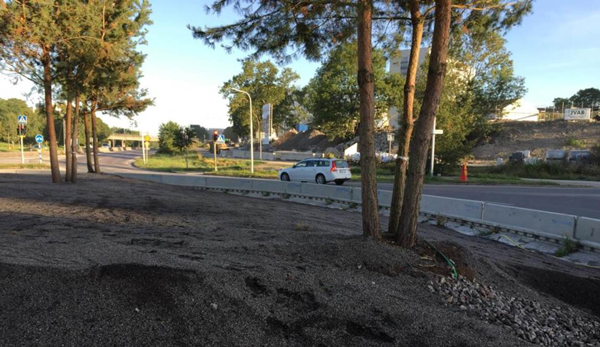
Fig. 4: Stockholm roundabout. Substrate: (1) bottom layer with crushed stones (32 - 63 mm) with 15% biochar and fertilizer. (2) top 30 cm layer with small crushed stones (2 - 6 mm) and 25% biochar and fertilizer.
On one large roundabout of 2000 square meters (see figure 4), the substrate mix contained 15% char mixed with stones (32 – 63 cm). In the top 300 mm layer smaller stones (2 – 6 mm) were used and 25% fertilized biochar. An unexpected benefit appears to be that traffic noise seems to be lower around the round-abouts where the structured soils with biochar have been used. One hypothesis is that the increase in subterranean voids may be absorbing sound waves.
Overall according to Embrén results have been so positive that they would like to incorporate biochar into all urban, suburban and perennial projects. He estimates that doing so would require roughly 800 tons of biochar annually. Not only would this improve the life span of the many urban plantings and reduce costs associated with replacing trees, but it could create a vast carbon sink with the ability to sequester about 2,000 tons of CO2e.
Storm Water Filtration
Based on experience using activated carbon in aquariums as a filtration medium, the team was interested to see if biochar would help filter rain water. They therefore began to add a base layer consisting of pure biochar to act as a filter for contaminants and have been quite pleased with their observations. Although they don’t yet have scientific data to quantify the impact, anecdotal observations of improved storm water filtration have been observed.
The pavement is also ingeniously designed to collect rain water from roofs, sidewalks and streets and transport it to a concrete inlet near the tree. This inlet not only serves as a water reservoir for the tree but also proved very beneficial in terms of storm water management.
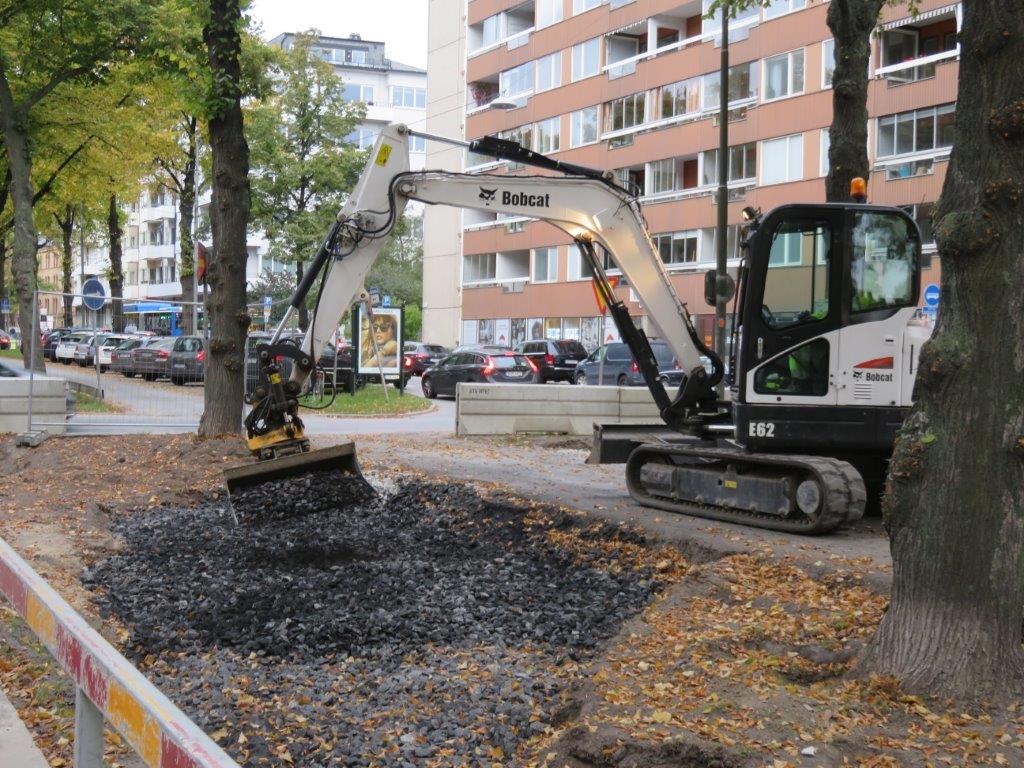
Fig. 5: Establishment of storm water infiltration with biochar into existing tree lines.
This latter benefit brought unanticipated support for the use of structured soils with biochar in urban environments from Sweden’s Water Department personnel. The Water Department asked Embrén to provide an overview of their landscaping initiatives and the impact on storm water to more than 300 departmental employees. Many workshop participants expressed shock and pleasure that the landscaping crew was able to move so quickly and effectively to implement these improvements which provided multiple intra-departmental benefits while also saving money. Given the potential impact on human health, Water Departments, in contrast, tend to have significantly more regulatory hurdles to navigate before changing any existing practices. Fortunately harvesting and filtering roof and street water for trees was a comparatively straight-forward process which not only improved the lives of trees, but reduced costs beyond just the Landscaping Department.
The Swedish National Road and Transport Research Institute (VTI), an independent and internationally prominent research institute in the transport sector, also became a supporter. After 10 years of observing the results and impacts of the structured soils, they have given their seal of approval on this urban tree planting technique.
Word about the beneficial impact on storm water management even reached the U.S. Environmental Protection Agency (EPA) as they were gathering best practices from around the world. The EPA invited the Stockholm team to Washington D.C. in 2014 to provide an overview on their structured soils technique. When the team brought up their experience and plans for incorporating biochar and recycled concrete, the EPA was very interested!
Sustainably produced biochar
While all of these results have been overwhelmingly positive, there was a desire to further improve the sustainability of their landscaping efforts. One step towards that goal was to replace the use of large stones with recycled concrete when sufficiently processed supplies can be found. Another goal was to source biochar locally. To date the biochar used has been purchased mostly from Germany with some also coming from Finland, England and Sweden. The biochar that is most desired is unmixed and certified by the European Biochar Certificate (EBC).
In order to be truly sustainable, however, a goal of using locally produced biochar from underutilized biomass was set. To attain this goal the City of Stockholm initiated the Stockholm Biochar Project with the objective of producing both biochar and renewable energy using urban green waste collected from municipal parks as well as city residents. This particular biomass is often difficult to dispose of and very much underutilized.
The Stockholm Biochar Project team succeeded in winning one of the five coveted prizes of the 2014 Mayors Challenge funded by Bloomberg Philanthropies and the EUROCITIES organization which netted them 1 million euros to be used to set up their initial pilot plant.
Once the pilot plant is up and running, estimated to be in mid-2016, the heat generated during production will be added to a local or district heating network. Biochar will be used both by city residents and by city landscapers in public parks and urban tree beds. The pilot plant will be able to produce 300 tonnes of biochar per year. At full scale biochar production will reach 1,500 tonnes per year!
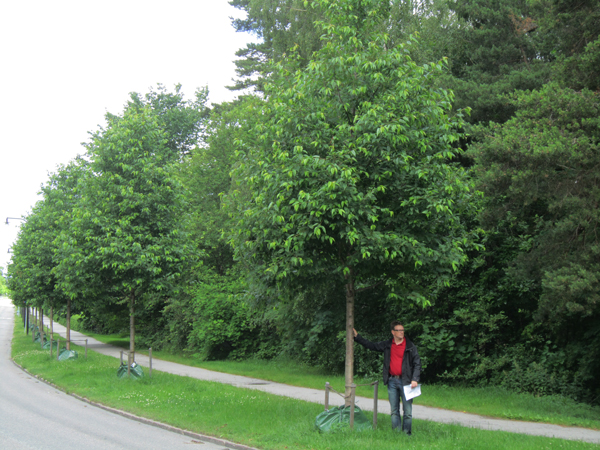
Fig. 6: The first trees of Stockholm planted into biochar containing substrates.
While biochar has not yet become an acknowledged offset product in Sweden, those involved in the biochar world in Sweden are working to make this happen. Some of the big energy companies in Sweden are also very supportive. Given that the use of biochar has significantly improved storm water quality, many involved in the water treatment industry are also backing the biochar movement in Stockholm.
When asked what advice he might give to other cities about the use of biochar in urban soils, Embran enthused: “Dare to try it and you will be convinced!” Indeed the city has already provided inspiration and education for many landscapers looking to replicate the success they have had with long-lived, healthy urban trees: Once local biochar production is up and running, they plan to host an international conference and invite urban planners and landscapers from around the world to come and learn how to implement their own closed loop, carbon negative landscaping systems.
To read more please visit the Stockholm Biochar Project website.

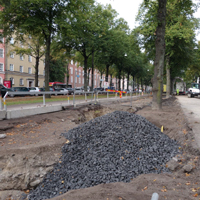
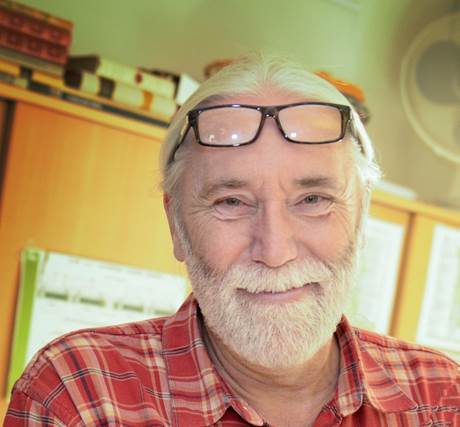
Well done
Well done. Sure helps to explain where most of our bulk loads of char have ended up in the past 12 months. I hope it continues to catch on here in Australia. Nice use of diagrams and images to explain the concepts.